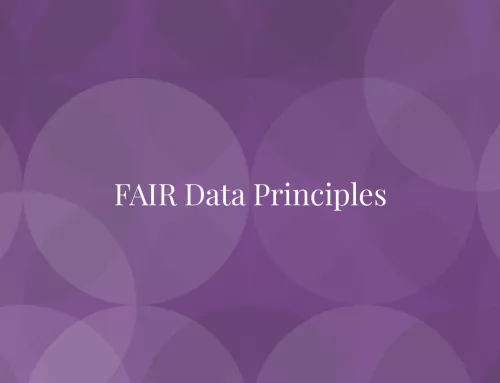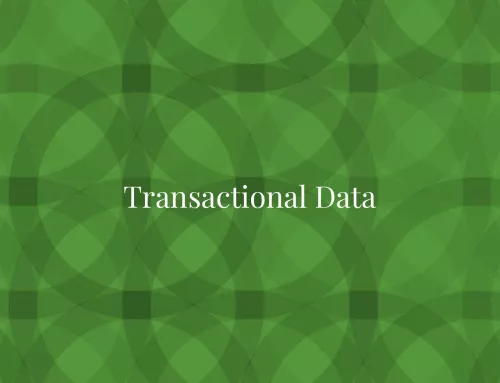Data Accessibility pertains to removing the barriers to enable data users to fully leverage data contained in the organization’s systems and applications. Enhanced data access can empower anyone in any role or business unit to rely on their data as a single source of truth, enabling them to derive critical insights and make informed decisions in their work.
Data accessibility is the degree to which people in an organization can use data. In other words, data is not just available, but also usable, even for stakeholders with little to no experience working with data.
Data Access
Ensuring data availability and secure data accessibility is more relevant to organizations today than it was in the past. Hence, it is critical for businesses to understand the different dimensions of data access, data protection and the various regulatory compliance requirements.
Data accessibility is the on-demand, authorized capability to retrieve, modify, copy, or move data from IT systems. With data access, users can perform these activities from any location, both with data in motion) or data at rest. Data access is the means by which users can access this data in an authenticated manner approved by the organization that owns the data.
Data accessibility is one of the main outputs of an effective data governance program. Ideally, organizations should think through structured approaches to grant data access to various stakeholders, both internal and external to the organization. These approaches are reinforced by permissions and security levels based on roles or responsibilities documented in data governance policies.
Constraints
The proliferation of data sources (both, internal and external to an organization), tools and technologies, compounded by the growing sophistication of markets, customers and business users, the potential to unlock value in data and drive innovation is higher than ever. Yet only a few organizations could connect data investments to business insights and outcomes, largely due to outdated processes, lack of data literacy, budget constraints, etc.
Significant time and effort
Several surveys have revealed that data users and data professionals (such as Data Engineers and Data Scientists) spend over 45% of their time searching for and cleaning data. By structuring, organizing and curating data, companies can boost efficiency and enhance productivity through data accessibility.
Compliance and regulatory requirements
Users’ efforts to access specific data are often constrained by security and compliance issues. Regulations, such as GDPR, CCPA, HIPAA, and other privacy and security regulations require anonymization, security policy setting, and several controls when organizations process sensitive data. These regulations limit who can access which data and under which conditions, thereby limiting data accessibility. Furthermore, organizations should implement these regulatory requirements on different data platforms and adapt their data processing pipelines, resulting in additional costs and organizational overhead. Tackling regulatory issues re-directs organizational resources from initiating transformational data programs to ensuring compliance with the various regulations, sometime across borders in global organizations.
Data silos
Data inaccessibility wastes a lot of employees’ time and productivity. Their performance and productivity suffers because they lack quick access to quality information that could deliver positive business outcomes. Data silos is the phenomenon where organizational units horde data assets. Such data are accessible only by the department that owns that data, but are opaque to the rest of the organization, even if that data could also benefit the other departments. Often, organizational politics, turf protection and culture promote data silos, much to the detriment of organizational performance. Governance policies that promote data sharing across the organization, while enforcing access, quality checks and controls across all data stores could help remediate data accessibility issues.
…




